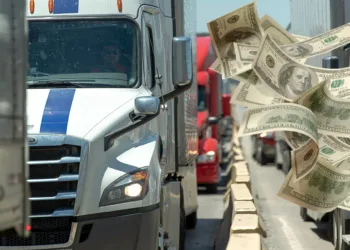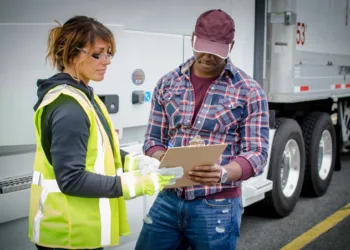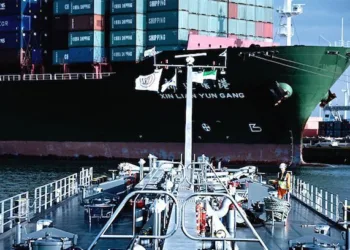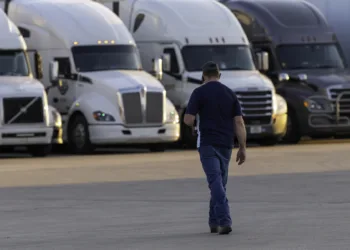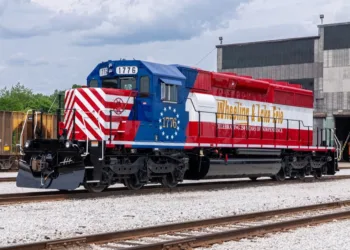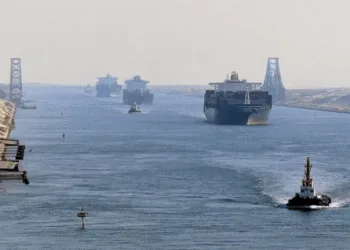Alex Ledovas assesses the pros and cons surrounding shipping’s three leading alternative fuels.
Shipping stands at a decisive moment. With the International Maritime Organization targeting a 20–30% cut in emissions by 2030 and net-zero by 2050, owners face one of the most uncertain investment periods in maritime history. According to DNV’s Maritime Forecast to 2050, 93% of the global fleet still runs on fossil fuels, while most new orders are designed with built-in fuel flexibility to hedge against regulatory and market uncertainty. The transition has clearly begun, but the shift remains slow and uneven.
DNV’s Alternative Fuels Insight (AFI) database shows that 84% of vessels on order still rely on conventional fuels, while just 16% are alternative-fuel capable. On this backdrop, we will look at the three candidates that dominate the discussion as the fuels of the future.
LNG: the transitional fuel
Liquefied natural gas remains the most established alternative fuel, supported by a mature bunkering network and immediate cuts in sulphur, nitrogen oxides, and particulates. AFI data confirms LNG’s dominance among dual-fuel orders through the late 2020s, reflecting its technical maturity.
But, in the long-term, LNG’s role in decarbonisation seems to be transitional. Its reliance on fossil gas and its methane slip, a greenhouse gas 25 times more potent than CO₂, weakens its long-term credibility. Economically, LNG engines require higher upfront costs, and as the EU’s carbon pricing expands, operators risk stranded assets. LNG offers compliance and flexibility today but not a lasting solution.
Methanol: liners early frontrunner
Methanol has rapidly emerged as the frontrunner among alternative fuels, driven by the liner sector’s commitment. Maersk, CMA CGM, and COSCO have all invested heavily in methanol-capable fleets. According to DNV’s AFI database, methanol-fuelled vessels now account for about 5% of all ships on order, with roughly 240 of them being container vessels.
Its appeal lies in practicality. Methanol is liquid at ambient temperature, easier to handle, and compatible with existing bunkering systems. Yet most methanol available today is fossil-based, and green methanol remains expensive and scarce. High production costs and limited supply make it viable mainly for liners with long-term fuel contracts, not for tramp shipping. Methanol is the industry’s early leader, practical and scalable if renewable production expands, but far from the universal answer.
Ammonia: the long-term candidate
Ammonia offers perhaps the clearest zero-carbon promise. It produces no CO₂ when burned and can be made from green hydrogen and nitrogen from air. However, realistically it is still at an early stage. Only 0.5% of vessels on order are ammonia-capable, according to DNV’s AFI database, but it could be the first symbolic step toward wider adoption.
On the other hand, the obstacles and the challenges it provides are significant. Ammonia is toxic, corrosive, and requires entirely new safety and bunkering infrastructure. Costs remain high, and production is still limited. Realistically, ammonia will become relevant after 2035, once hydrogen projects scale and port infrastructure matures. For now, it’s a long-term candidate, and not a commercial solution.
Efficiency and flexibility
When comparing LNG, methanol, and ammonia, one conclusion stands out: there is no single winning fuel yet. DNV’s forecast points to efficiency as the only large-scale, proven path to decarbonization this decade. Operational and technical measures alone could cut emissions by 4–16% by 2030, an equivalent to 120m tonnes of CO₂, making efficiency the cheapest per ton of carbon reduction available.
Looking ahead, shipping’s cost per ton-mile could rise 69–112% by 2050 as new fuels and compliance measures reshape economics. Owners who invest early in energy-saving technology, dual-fuel flexibility, and fuel-ready designs will be best positioned to adapt as the fuel landscape evolves.
Today’s winning strategy is not gambling on one fuel, but maximising efficiency, while designing with flexibility in mind for tomorrow. Companies best positioned to benefit from this transition will be those who act now to reduce emissions and strategically prepare for whichever fuel dominates the industry in the decades to come.





